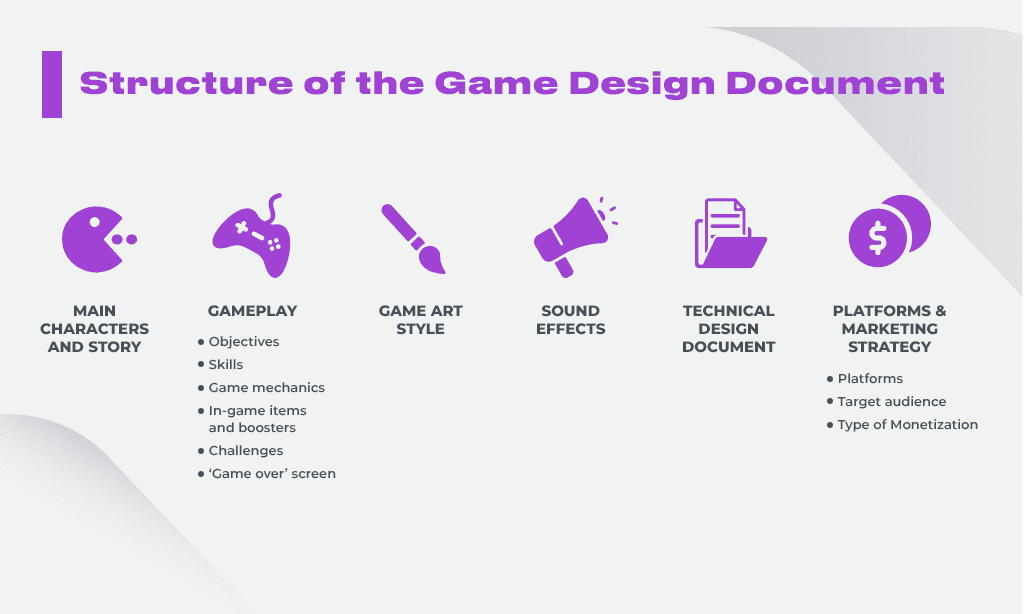Gameplay mechanics are pivotal for game design, encompassing the rules and mechanics that drive player interactions within the game world. Video games can be categorised into core and secondary mechanics, with core mechanics being essential components of gameplay, including movement, combat, puzzle-solving, resource management, and exploration. Secondary mechanics support primary mechanics and add depth to gameplay, including inventory management, quests, crafting, and dialogue options. Balancing gameplay mechanics is critical to ensure each game is both enjoyable and challenging, while implementation requires expertise for prompting functionality and programming with assets. The implementation of tutorials and guidance can aid players’ intuitive understanding of gameplay mechanics to increase user experience.
The Essential Elements of Game Design: A Breakdown of Gameplay Mechanics
Game design is an art that requires the perfect combination of creativity, technical expertise, and an understanding of its target audience. At the center of every video game is its gameplay mechanics, which are the rules and mechanics that govern how players can interact with the game’s environment.
In this article, we will break down the essential elements of game design, with a focus on gameplay mechanics. We will delve into the different types of game mechanics and provide examples of how they are used in popular video games.
Types of Game Mechanics
Game mechanics can be separated into two primary categories: core mechanics and secondary mechanics.
Core Mechanics
Core mechanics are the primary game mechanics that drive gameplay. They are the foundation upon which the game is built, and they cannot be removed without fundamentally altering the game. Examples of core mechanics include:
- Movement: The ability to move a character or object within the game
- Combat: The ability to engage in battles or conflicts with other characters or objects
- Puzzle-solving: The ability to solve puzzles or riddles within the game
- Resource management: The ability to manage resources to progress through the game
- Exploration: The ability to explore different areas within the game world
Secondary Mechanics
Secondary mechanics are mechanics that support and enhance the core mechanics. They are not essential to the game, but they improve the player’s experience and add depth to gameplay. Examples of secondary mechanics include:
- Inventory management: The ability to store and access items within the game
- Quests: The ability to complete specific tasks within the game world to progress the storyline
- Crafting: The ability to create new items using materials gathered within the game
- Dialogue options: The ability to choose different dialogue options to affect the game’s storyline
Balancing Gameplay Mechanics
Game designers must balance gameplay mechanics to ensure that the game is enjoyable and challenging. This balance includes making sure that the game is not too easy or too difficult, that it is not too repetitive, and that the player feels rewarded for their efforts.
A great example of balancing gameplay mechanics can be seen in the game Dark Souls. The game is notoriously difficult, but it is also incredibly rewarding. The game’s combat mechanics are challenging but fair, with a steep learning curve. Players are rewarded for their efforts with an immense sense of accomplishment when they defeat a challenging boss.
Implementing Gameplay Mechanics
Implementing gameplay mechanics requires a combination of technical expertise, creativity, and an understanding of the game’s target audience. Once the game mechanics have been established, they must be programmed into the game engine. This involves creating the code that governs how the mechanics work, developing assets to represent those mechanics visually, and testing those mechanics to ensure that they work as intended.
Game developers must also focus on ensuring that the gameplay mechanics are intuitive and easy to understand, especially for new players. Implementing tutorials, tooltips, and other forms of in-game guidance can help players understand the game mechanics more easily.
Conclusion
Gameplay mechanics are at the heart of every video game. They are the rules that govern how players interact with the game world and are essential to creating a fun and engaging game experience. Game designers must balance gameplay mechanics to ensure that the game is challenging but not overly difficult, and they must implement those mechanics in a way that is intuitive and easy to understand for players. With the right combination of creativity and technical expertise, game designers can create games that are both enjoyable and memorable.
